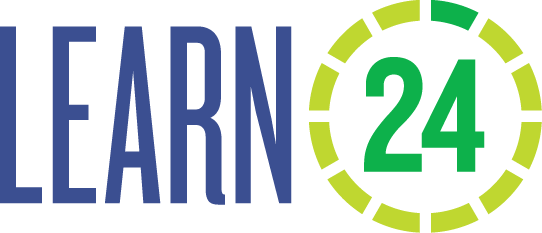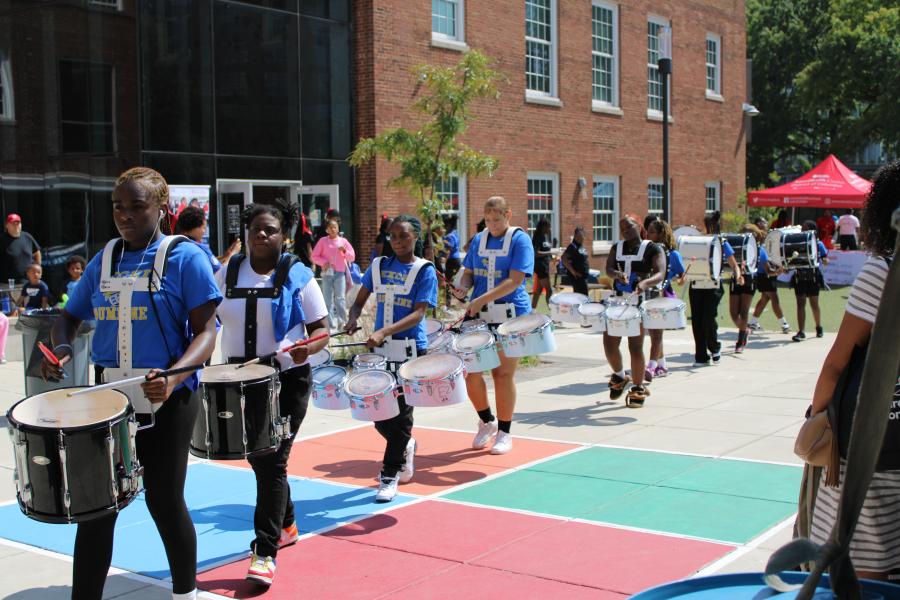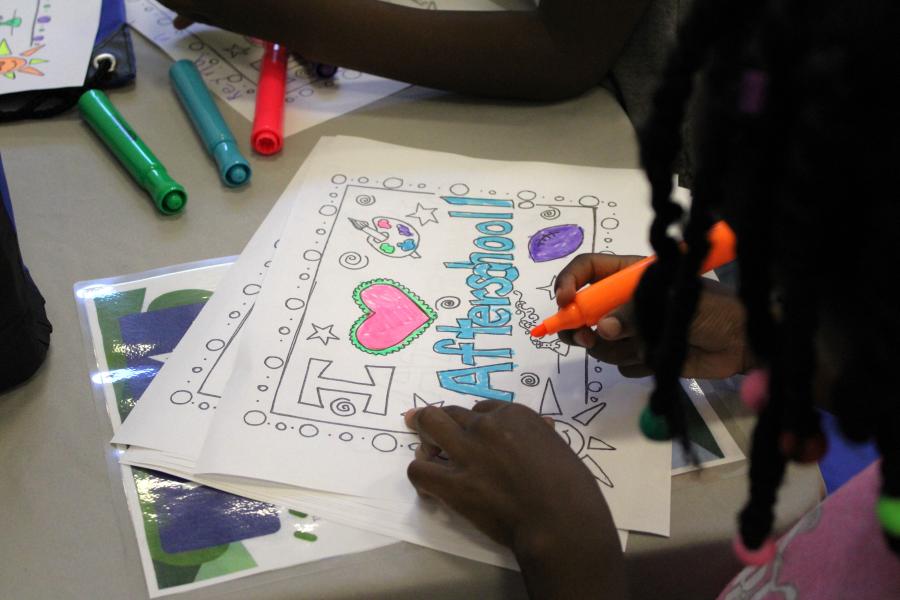Families
Service Providers
Institute for Youth Development
Professional Development Opportunities
A decade of research indicates that children and youth who regularly participate in quality afterschool and summer programs benefit in terms of their academic performance, social and emotional learning, and health and wellness. In addition, youth who participate in OST programs have improved school attendance, higher graduation rates, lower dropout rates, stronger academic performance, and improved positive behaviors and work habits.
The Value of Out-of-School Time Programs
To better understand the value and effectiveness of out-of-school-time (OST) programs, RAND researchers examined programs through the lenses of content, dosage (the hours of content provided), and outcomes measured, focusing on rigorous (i.e., experimental or quasi-experimental) large-scale evaluations and meta-analyses. The overall conclusion is that OST programs are generally effective at producing the primary outcomes that would be expected based on their programming. However, the primary benefits of such programs are often understudied or underreported. When making funding decisions, federal, state, and local governments and private foundations should consider all the benefits that programs provide to youth and families and emphasize program quality. Read the report here.
OST Needs Assessment
OST Office is required to conduct a community-wide needs assessment on out-of-school-time programs. The most recent needs assessment was released in April 2023 and was commissioned by the DC Policy Center. The assessment reexamines the need for, and the capacity of, out-of-school time programs in the District. The report focuses on the 2021-2022 school year—the first year of in-person learning since the beginning of the COVID-19 pandemic. The report examines the potential need for out-of-school time programs, the capacity of existing programs, and whether the capacity can meet needs across the entire city and for special student populations. View the report here.
What to Look For in an Afterschool Program
Afterschool Alliance released a guide to help families select the right afterschool program to accomodate the different academic, physical, and social-emotional needs of children (5-10), pre-teens and teens (10-14), and teenagers (14-18). Access this resource here.



